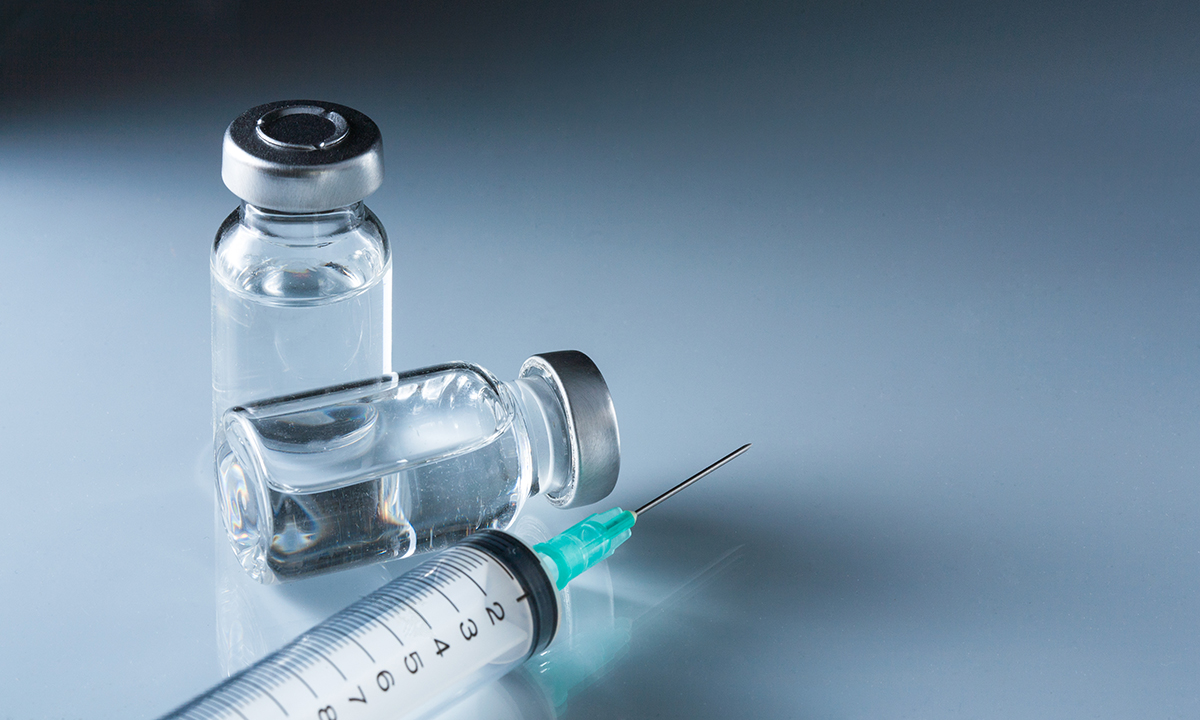TESTOSTERONE treatment is safe and effective for men with pathological hypogonadism, but until upcoming research shows otherwise, it does not have a proven role in treating men with low testosterone caused by obesity or diabetes, leading endocrinologists say.
In a two-part series in the MJA, the Endocrinology Society of Australia issued position articles outlining the assessment and indications for testosterone therapy and testosterone prescribing considerations.
Professor Bronwyn Stuckey, Medical Director of the Keogh Institute for Medical Research and a co-author on the MJA articles, said that the key message was that low testosterone was not “in and of itself a diagnosis”.
“Low testosterone may be an indication of pathological pituitary or testicular diseases, or it may be just a bystander of co-morbidities like obesity. We see so many people treated with testosterone when there is really no diagnosis made as to what is the cause of the low testosterone,” Professor Stuckey told MJA InSight.
She said that changes to the Pharmaceutical Benefits Scheme (PBS) prescribing criteria, requiring specialist review before testosterone prescribing, had highlighted the fact that testosterone therapy was being regularly prescribed for men with low testosterone levels associated with obesity, insulin resistance and prediabetes. She said that in many cases, testosterone had been prescribed without measurement of pituitary hormones, which she likened to thyroid function testing in which thyroxin (T4) levels were measured, but not thyroid-stimulating hormone levels.
The PBS criteria were changed last year in response to sharp increases in testosterone prescribing in Australia without any new proven indications.
The Society’s prescribing position statement noted that there had been increased cardiovascular events reported in some, but not all, studies of older men without pathological hypogonadism who had been prescribed testosterone treatment.
Lead author of the MJA articles, Professor Bu Yeap, said more research was needed to determine the cardiovascular safety and any potential therapeutic benefit in these men.
“The position statement clarifies that it is safe and justifiable to use testosterone appropriately in men who have low testosterone because they have pituitary or testicular problems, but we need to do a lot more research in men who don’t have pathological hypogonadism to clarify the risks and benefits of testosterone in that setting,” Professor Yeap told MJA InSight.
Professor Yeap, who is Head of the School of Medicine and Pharmacology at the Fiona Stanley Hospital Unit, said that he hoped some questions would be answered in a large Australian, multi-centre randomised trial, which was currently investigating whether testosterone treatment, combined with lifestyle change, could prevent type 2 diabetes in men who have prediabetes and low testosterone.
The T4DM trial – which has sites in Melbourne, Perth, Adelaide and Sydney – has recruited 800 men to date, and Professor Yeap was hopeful that a further 200–400 men could be enrolled in the study.
The study is targeting men aged 50–74 years with a waist circumference of 95 cm or more.
“We are looking for men who are overweight and have impaired glucose tolerance,” Professor Yeap said. “All men receive a lifestyle intervention and randomisation to testosterone or placebo. The study will tell us whether testosterone improves the health of men who are obese, and whether testosterone prevents diabetes. And it will give us a good idea of the benefits versus risks in terms of cardiovascular risk profile.”
Professor Yeap said that it was an important study that may even change the recommendations once the results were known.
“Testosterone may help men to lose weight and put on muscle. It might be that it synergises with the lifestyle intervention and makes men more motivated to follow through with healthy lifestyle changes and that’s the kind of study that we need to do.”
In the meantime, Professor Yeap said he hoped the position statement would generate discussion about testosterone prescribing in Australia and ensure that prescribing was in line with the current evidence.
“We want to make sure that the men who are getting testosterone are the ones who really need it and we want to emphasise that there’s a lot that we don’t know and we need research,” he said.
The article suggested that monitoring for prostate disease during testosterone should be approached in the same way as for eugonadal men of similar age, but if there was a possibility of pre-existing prostate disease, digital rectal examination and prostate-specific antigen testing should be undertaken before starting therapy.
Professor Stuckey said it was also important to monitor haematocrit levels while on testosterone therapy.
“[Elevated haematocrit levels] can be a problem, especially in older men who are having regular testosterone injections. They can develop a high red cell count, so you need to keep an eye on the trough levels of testosterone and reduce the dose frequency [if needed].”
Latest from doctorportal:
- Study says 13 cancers linked to obesity
- More doctors opting for specialist roles
- Aleppo’s dying children and shattered health system: is there light at the end of the tunnel?
- Cardiac machines linked to infection

 more_vert
more_vert